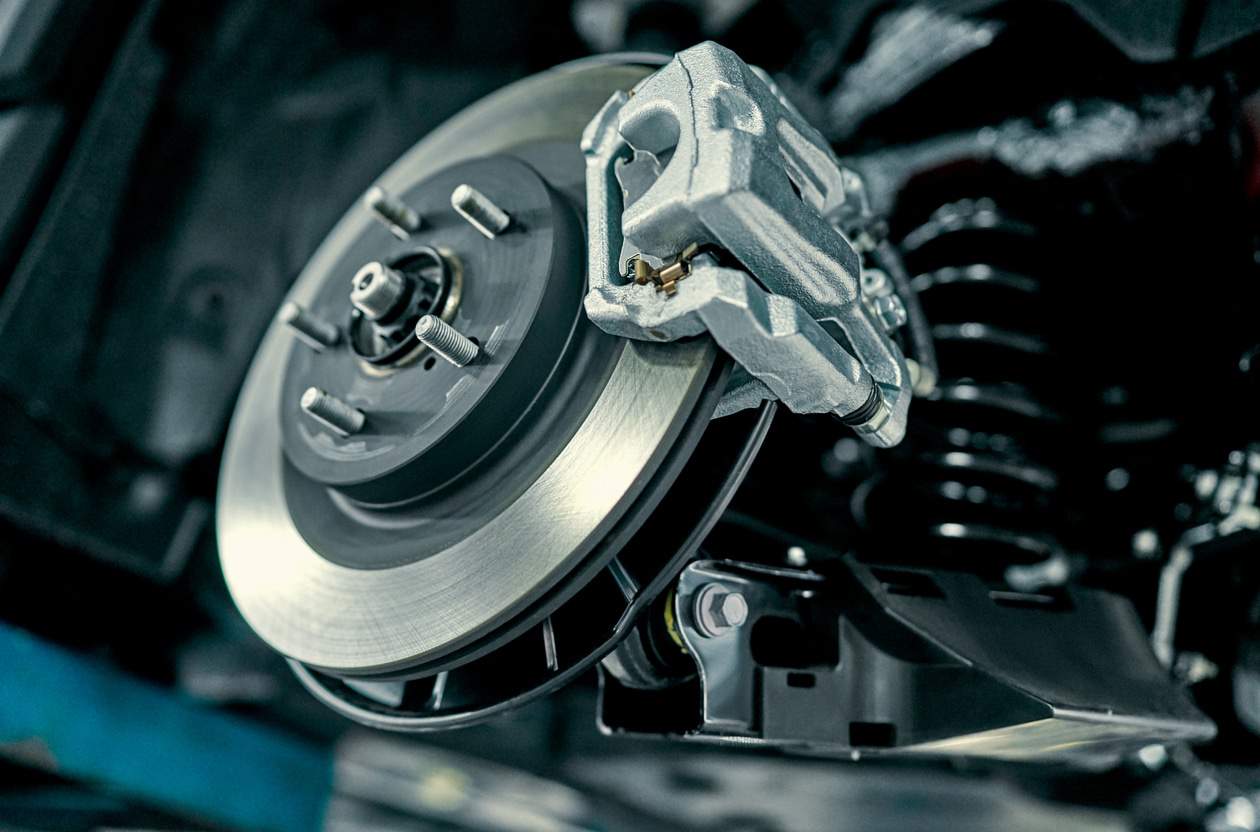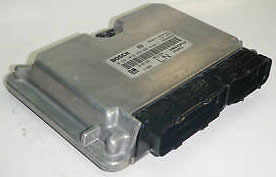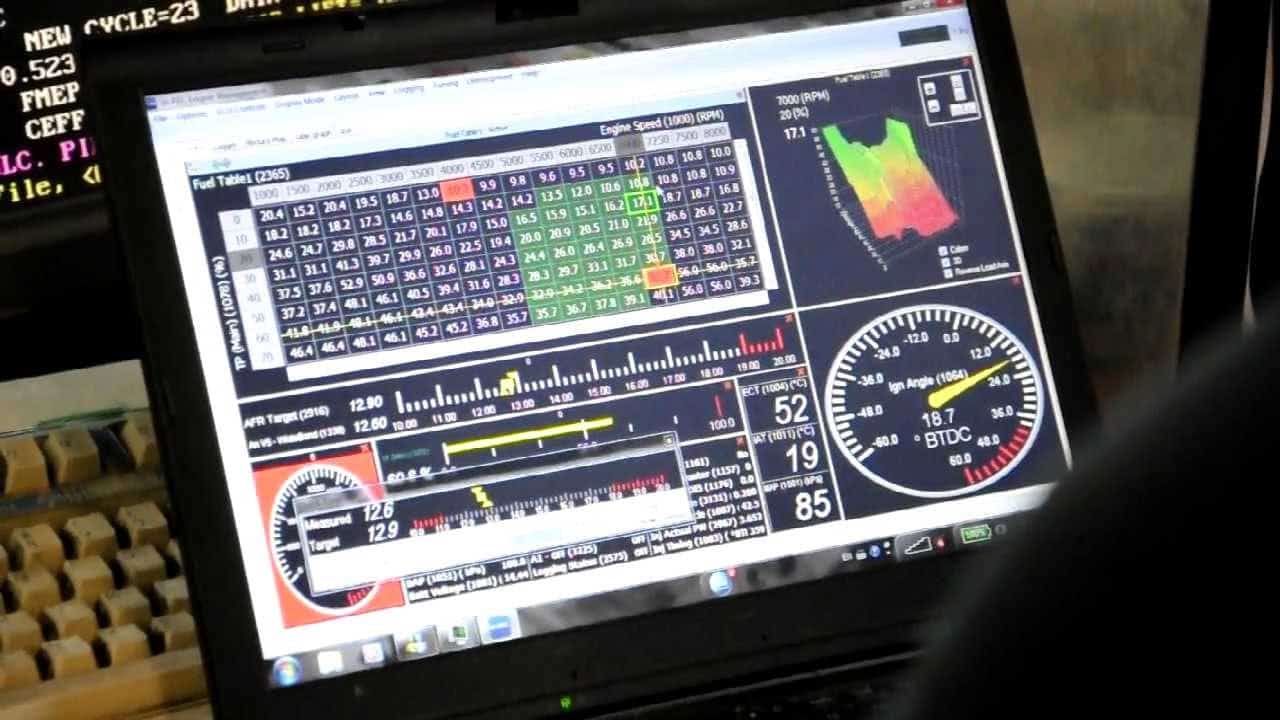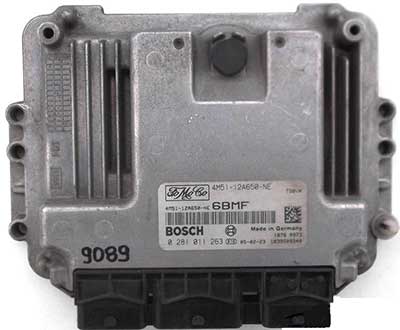Your car’s brakes may be its most important component. Yes, the engine is important to how it works, but which is worse. Being unable to move or realizing you’re hauling something at 70 mph with no means to stop? The brakes are one of those items that need to be regularly inspected and then maintained in order to guarantee that you always have a set of brake pads you can count on to stop you.
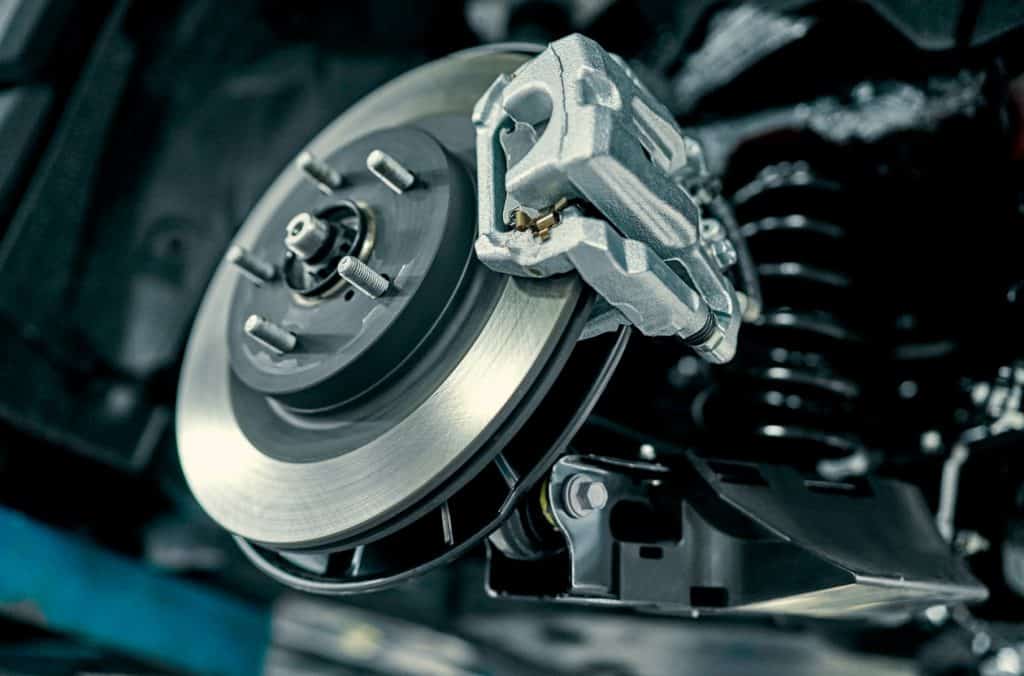
No matter how crucial they may be to the operation, performance, and safety of your car. Brakes aren’t made to last forever. They will ultimately start to lose their bite, at which point a full replacement will be needed. But how long do brakes last? Naturally, when we stated “brakes,” we meant the frictional brake pads that rub against the braking discs to reduce your speed.
Greater than expected in miles
The brake pads on your car are the component that requires maintenance the most. Brake pads actually last a lot longer than you might have thought. The intense heat and friction produced each time they are clamped down onto the discs to slow down your car. However, causes them to routinely endure pretty severe wear.
Factors that influence
Of course, a number of factors can influence how many miles the brake pads can be used before needing to be replaced. To find out exactly how many miles your car’s manufacturer advises replacing the brake pads. You should always refer to your owner’s manual. As a result, you’ll get a readout that is more precise.
But if we examine the current auto market as a whole. Most brake pads typically last between 15,000 and 40,000 miles. That’s a huge range, and only heavy-duty or high-performance vehicles with frequent braking can realistically achieve 15,000 miles. A reasonable estimate for some of the most economical vehicles is 40,000 miles.
Recommended Mileage
The recommended mileage range for having your brake pads inspected and replaced as necessary is typically 20,000 miles, rounded up. Most of the cars you’ll see fall into this category. You probably won’t need to worry about the brakes. Because they are one of the components that are routinely evaluated if you take your car in for regular maintenance.
Warning Signs to Look Out For
However, if the brakes haven’t been inspected recently or replaced. Or if your neighbourhood dealer has been skimping on inspection procedures, then… How do you know if you need to replace your brake pads? Positively, brake pad problems or wear can be quite visible, and these warning signs often give you plenty of time to prepare for a replacement.
Read more: What type of car brake fluid is best for your vehicle?
So let’s examine some warning signals to help you decide whether to replace your brake pads:
- If slowing down and stopping your automobile requires more effort or time, it is a clear sign that your brake pads need to be replaced. This drop in performance may indicate that it’s time to change your brake pads.
- If the brake pedal makes any squeaking or squealing noises, your brake pads (or the braking system as a whole) may not be functioning properly. Many brake pads have a safety device built into them called the “wear indicator,” which makes a squealing or squeaking noise to let you know when they are wearing thin. As you apply pressure to the brakes, you’ll begin to press down on them.
- A rise in seriousness would be signalled by a metallic grinding noise or, under some conditions, a screech. This is unfortunate news because it implies that your brake pads are likely completely worn out. Because the brake callipers, which are in charge of forcing the brake pads down, are now in contact with the braking discs, prolonged use may cause catastrophic damage.
- When you brake, vibrations may be present. This could mean that your brake discs are likely distorted. When this happens, you will be wearing down your brake pads unevenly, and your automobile will respond to using the brakes by shaking. This will only get worse in the future.
- When it’s time to replace your brake pads, your car may have a range of warning lights and indications that will let you know. If you drive a modern vehicle, you may have access to these features. In this post, we’ll concentrate on the warning lights for the “brake system” and ABS (anti-lock brake system). Usually, you see the latter of them when you engage the parking brake.
Forcing them to work harder
You may be wondering if there is a way to avoid having to replace your brake pads. Now that you know they will ultimately need to be replaced. There are at least a few distinct, effective, and practical methods. You can employ to lengthen the useful lifespan of the brake pads on your car. To lessen their stress, changing their driving style would be the simplest and best start.
The majority of individuals will need multiple sets of pads throughout the lifetime of their vehicles. And this is by far the largest justification. Drive as softly as you can. Because the brake pads won’t need to apply as much pressure to slow you down at lower speeds. Also, think twice the next time you drive recklessly. If you brake more forcefully and repeatedly, it will deteriorate more quickly.
